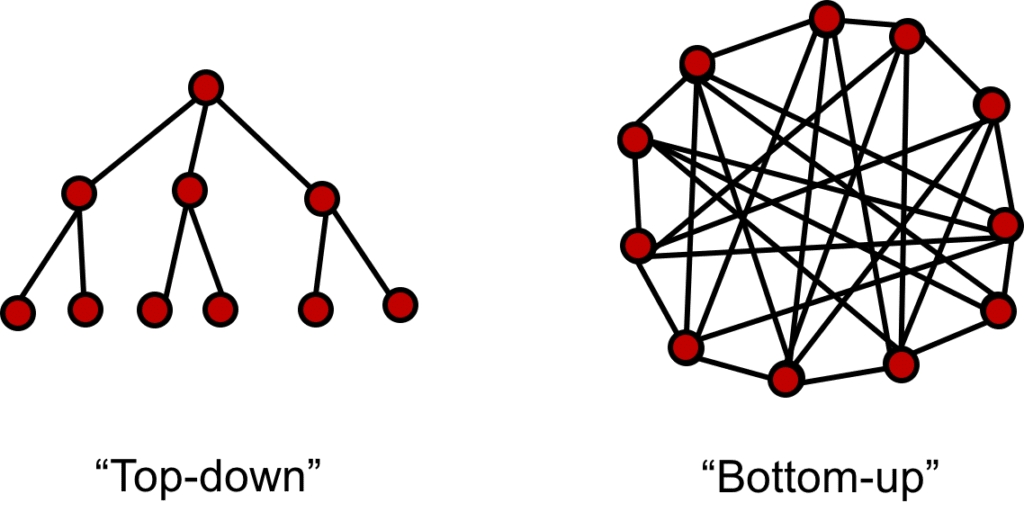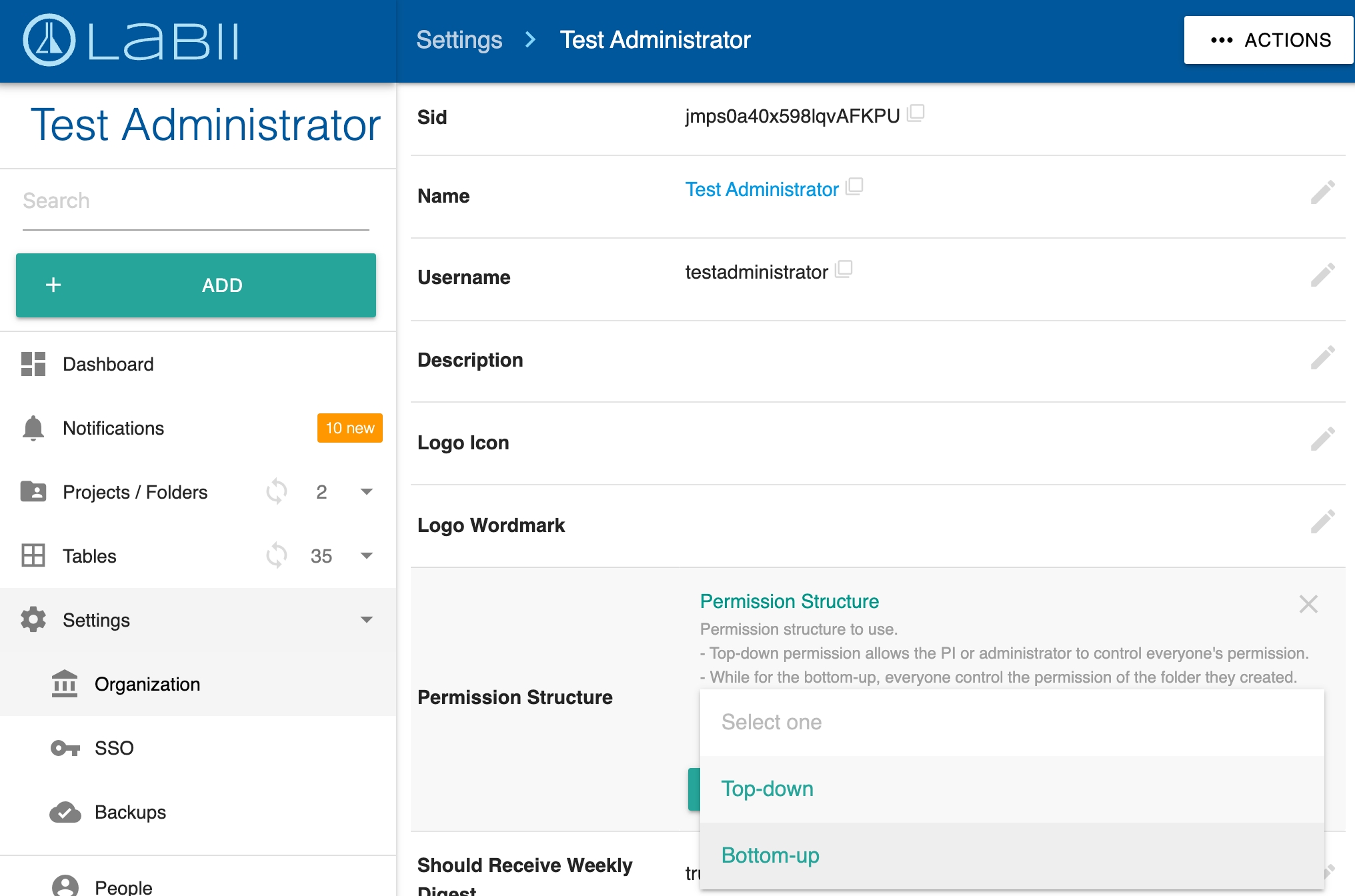2022-01-26 Permission Control In ELN & LIMS: Top-down Vs. Bottom-up
2022-01-26
Permission control refers to the process of restricting access to a particular resource or system from various entities. Permission control takes into account all entities that may have access to an information system, including but not limited to users, hosts, and network devices such as routers and switches. The two main approaches to implementing permission control are top-down and bottom-up approaches, with each having its own set of strengths and weaknesses. As information systems, ELN and LIMS (Labii ELN & LIMS at https://www.labii.com, for example) are important to ensure that we have the right permission control system in place. This article explains how these approaches differ from one another by considering their respective weaknesses and strengths.

Top-down management plans are one of the most effective and comprehensive methods for developing access roles while also aligning these roles to meet specific business goals related to compliance. On the other hand, this management strategy does require that significant time be spent in understanding and designing access rights throughout an organization before these responsibilities can be implemented. Top-down management plans also tend to fail when given too much complexity which may cause many headaches down the line such as feelings of being stuck in the weeds. Top-down management is one approach that is most commonly used in traditional enterprises where project tasks are allocated at the top of the company hierarchy with little feedback from team members about what they need.
Bottom-up permission control means employees will be more aligned with company culture, mission, values, and goals. Employees can set their own goals and focus on what matters most to them. This leads to higher levels of engagement, performance, and productivity. A bottom-up approach to developing roles is very effective. It allows us to quickly get started developing new roles without having to go through a lengthy process of analyzing our current processes and systems first. However, we may need to revisit the system before it is implemented. We should also ensure that our current business goals and regulations are being met.
Organizations that choose to use top-down permission control and bottom-up permission control differ in their overall strategy, but the main difference between these two types of permission control has to do with the scope of permissions granted to users. In top-down permission control, users who are granted administrative privileges have full access to all aspects of the system and are able to make changes on an organizational level that affect all employees within the company. These changes can be made regardless of the user’s position or specialty within the organization because he or she has been given complete power over everything in the system.
Most biotech companies that value research data greatly require more direct control of the data, and adopt top-bottom permission management in order to better protect their intellectual property. Research environments in academic labs are more open, they prefer collaboration and sharing data, want to use bottom-up permission control, and give researchers access to their own data.

For this reason, Labii ( https://www.labii.com ) has developed permission models that organizations can choose from. You can select a top-down or bottom-up permission structure under settings -> organization -> permission structure. By default, the top-down structure is used. The top-down permission structure allows only administrators and project managers to create new projects or folders. View and edit permissions are also assigned by administrators or project managers. If users do not have permission, they need to contact their administrator. On the other hand, in a bottom-up permission structure, anyone can create their own folders/projects and invite others to join.
If you have questions, feel free to contact the Labii team at [email protected]. For more information about Labii ELN & LIMS, you can schedule a free demo at https://www.labii.com/demo/ .
Last updated
Was this helpful?